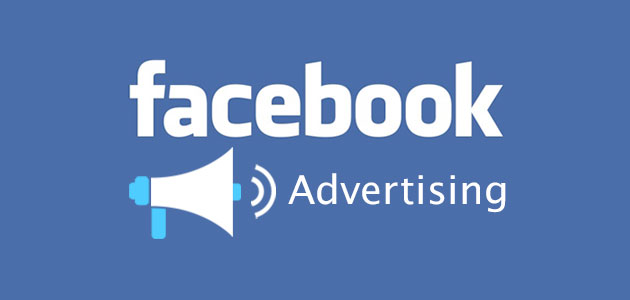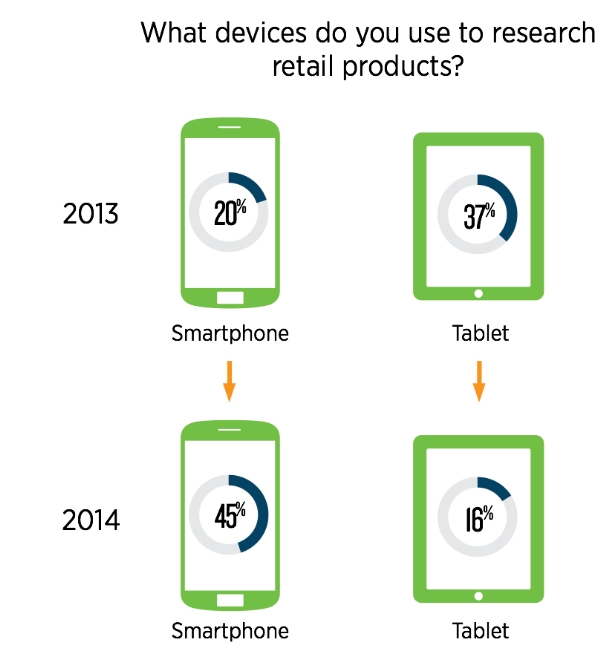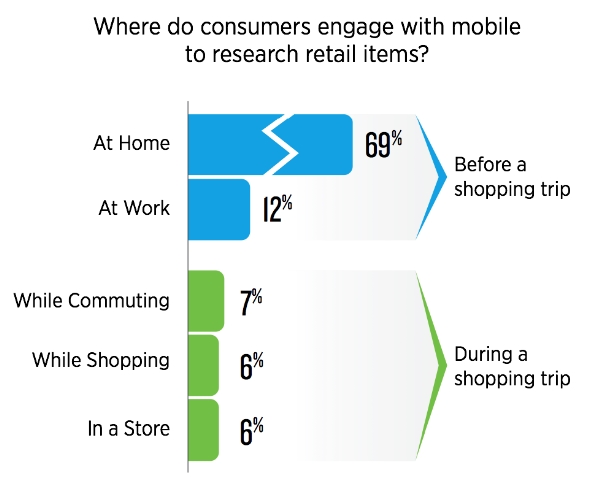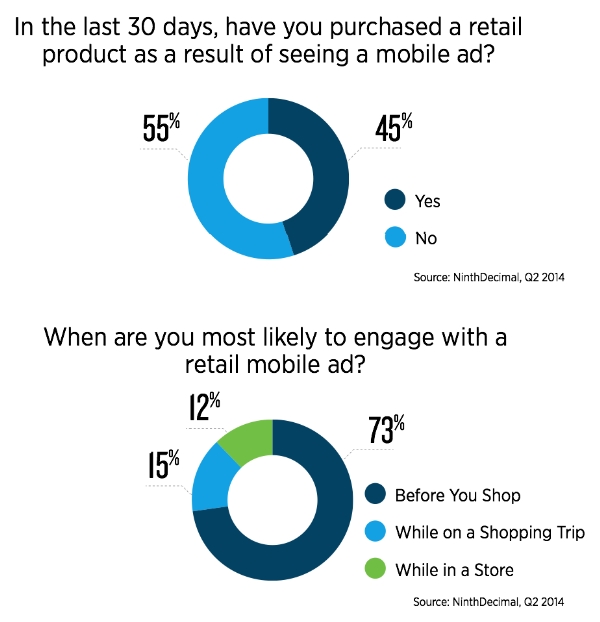 Snapchat has quickly become one of most popular apps and certainly the most popular temporary photo and video sharing network, but thus far they have yet to find a way to monetize their service. CEO Evan Spiegel says that will change very soon, as untargeted, disappearing ads may begin showing up in the near future.
Snapchat has quickly become one of most popular apps and certainly the most popular temporary photo and video sharing network, but thus far they have yet to find a way to monetize their service. CEO Evan Spiegel says that will change very soon, as untargeted, disappearing ads may begin showing up in the near future.
The ads will appear directly within the Snapchat Stories section, between photos and videos from users, but most importantly for marketers they will not be targeted individually. “They’re [the ads] not fancy. You just look at it if you want to look at it, and you don’t if you don’t,” Spiegel told the Wall Street Journal. He also said there is not a set release time yet, but they would be here “soon.”
The decision to make the ads untargeted is fairly surprising as most would agree the ability to refine demographic and behavioral traits to target audiences is one of the most unique and powerful aspects of social advertising.
You can find out more in the piece from the Wall Street Journal.

 If you believe everything you read online, you might believe Facebook is only a viable marketing platform if you’re already a big brand. But, a new report suggests small businesses across the country recognize the potential in advertising themselves across the site.
If you believe everything you read online, you might believe Facebook is only a viable marketing platform if you’re already a big brand. But, a new report suggests small businesses across the country recognize the potential in advertising themselves across the site.







